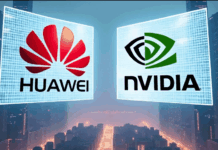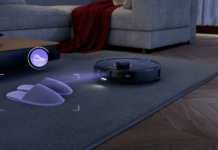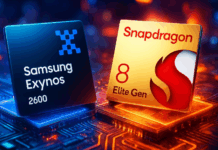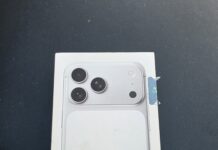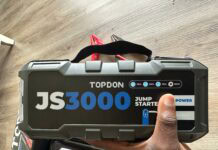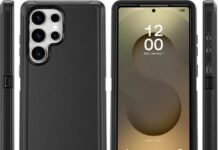VR headsets have been around for ages, but they just recently got very popular, and a lot of techies want to own at least one. From the entry-level Meta Quest 2 and PSVR 2 to the high-end Meta Quest 3, Apple Vision Pro, and HTC Vive Pro 2, there are quite many good VR headsets out there.
But, before you buy a VR headset, you must first ascertain why you need one: for gaming, productivity boost, or just to stream online content in virtual spaces. These headsets, while you can use any one for the three aforementioned use cases, are strategically built for specific purposes. Now, here are some of the best VR headsets to consider buying in 2025 and beyond.
The Top 10 Best Virtual Reality VR Headsets of 2025
Hereunder are the top best virtual reality for tech enthusiasts and regular users alike. These VR headsets are sturdy and can serve for various purposes. Also, it is important to note that this list is not provided in any particular order.
1. Apple Vision Pro
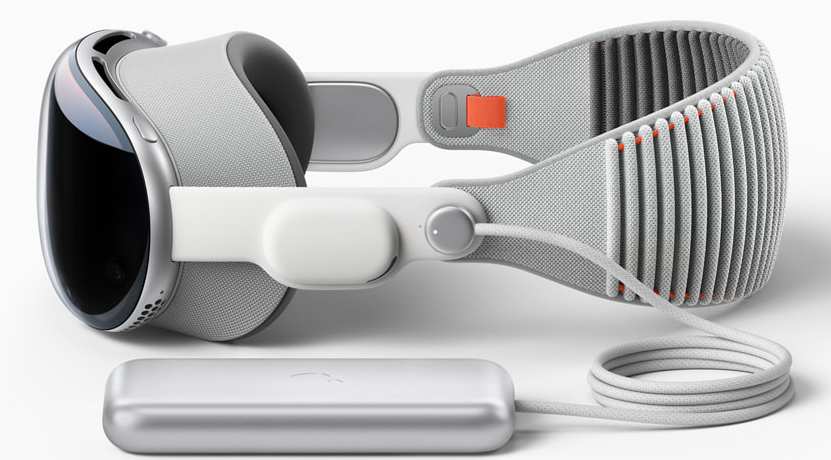
- Dual Micro‑OLED, 4K per eye
- Apple M2 processor
- Eye‑tracking, hand‑tracking, 6 DOF
- Wi‑Fi 6E, Bluetooth 5.3
- External battery pack, ~2 h runtime
- visionOS
The Apple Vision Pro stands as the most expensive standalone virtual reality headset, and is being sold as an ultra‑premium “spatial computer” for prosumers and enterprise. Typical of Apple devices and gadgets, the Vision Pro headset runs on a tight ecosystem, visionOS, which is not flexible compared to the headset’s alternatives, and has a limited content library.
Starting at a whopping $3.5k, the Apple Vision Pro tries to blend VR and AR. It offers ultra‑high‑resolution panels and supports seamless eye‑plus‑hand‑tracking to deliver unparalleled fidelity for its professional use cases. One of the impressive features of this headset, loved by Apple fanatics, is the ability to FaceTime in VR.
2. Meta Quest 3
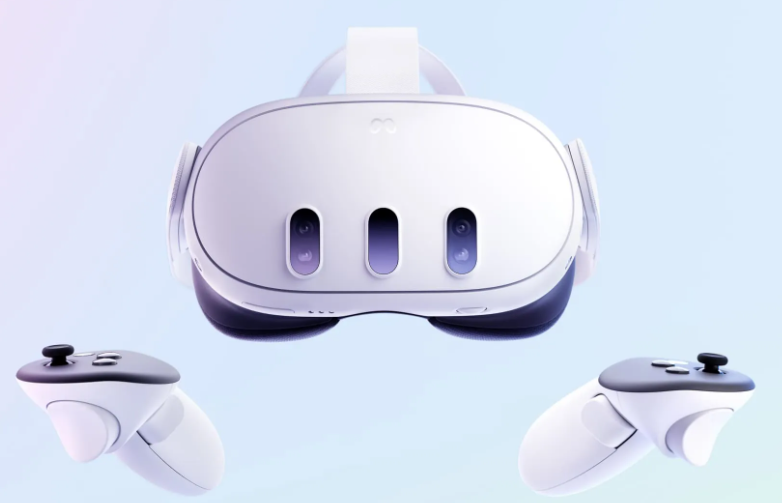
- 2064 × 2208 per eye, 4K+ Infinite Display with 25 PPD and 1218 PPI
- Inside‑out 6 DOF; color passthrough
- Up to 120Hz refresh rate
- Qualcomm Snapdragon XR2 Gen 2
- Up to 512GB storage
- Meta Quest OS
The Meta Quest 3 is arguably the best standalone VR headset of the moment; it delivers immeasurable value for the price tag and even lasts longer than the high-priced Vision Pro from Apple. This MR headset comes with the outstanding Qualcomm Snapdragon XR2 Gen 2, which delivers good processing power for all the tasks you will do with this device.
Starting at just $499, the Meta Quest 3 is available to all, both enthusiast home users and professionals. It offers up to 120Hz refresh rate with inside-out 6DOF and color passthrough. You’re also getting 3D spatial audio with built-in speakers and a mic. Also, this headset is backward compatible with its predecessor’s apps and games—the Meta Quest 2.
3. Sony PlayStation VR2 (PSVR 2)
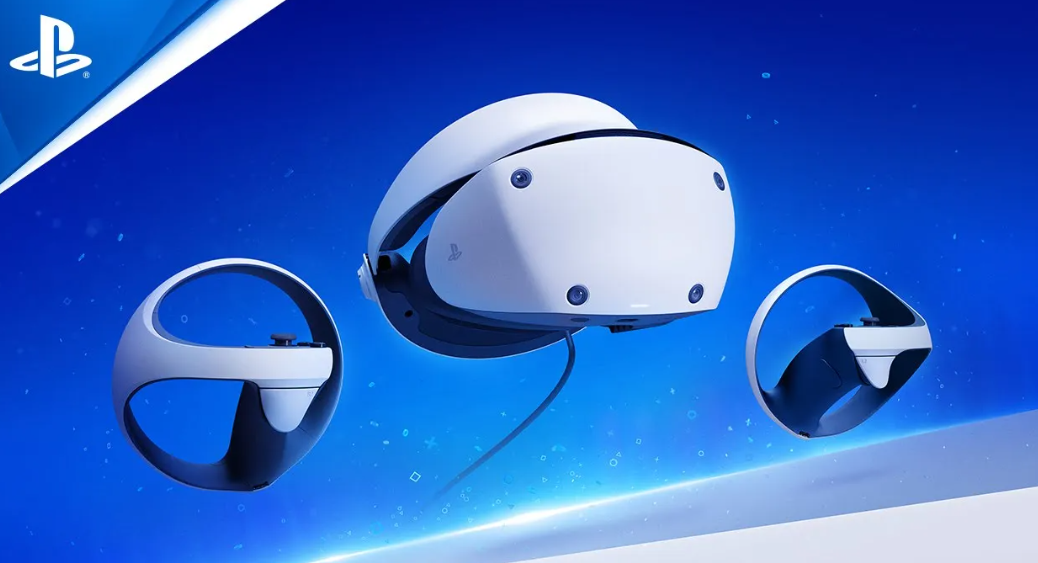
- 2000 × 2040 per eye, OLED, ~110° FoV
- Powered by PS5
- Inside‑out 6 DOF; Sense controllers
- 90 / 120 Hz refresh rate
This is arguably the best console‑tethered gaming headset sold for a decent price. Oh well, it’s powered by the PS5 console, so if you don’t have the Sony PS5, you can’t use this headset—that’s one of its worst downsides. But aside from the PS5 requirement, the PSVR 2 is an outstanding VR headset that produces vivid resolution and colors.
The PSVR2 leverages PlayStation 5’s horsepower to deliver console‑exclusive VR blockbusters (Horizon Call of the Mountain, Resident Evil Village VR). Sony’s Sense controllers provide adaptive triggers and haptic feedback, elevating immersion. For existing PS5 owners, PSVR2 represents the most cost‑effective route to premium VR gaming.
4. Valve Index
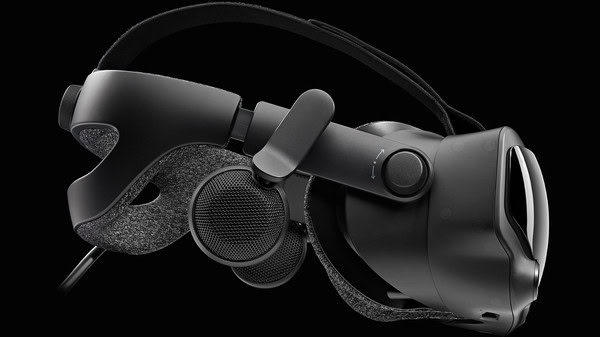
- 1440 × 1600 per eye, LCD
- 120 / 144 Hz refresh rate
- Lighthouse 2.0; 6 DOF for tracking
- Based on SteamVR platform
Now, let’s talk about a real, sturdy, premium VR headset, but sadly, it’s not a standalone model—you will need a seemingly high-power computer system to power this VR kit. The Valve Index headset is a powerful PC‑tethered system that comes with the Index “Knuckle” controllers. If you’re looking for the real-deal VR headset, this is definitely the one, only that you can’t easily move it around.
Starting at $999 to $1,397 for the full kit, this VR headset remains the gold standard for PC VR enthusiasts. Its high‑refresh panels, robust Lighthouse tracking, and innovative finger‑tracking controllers deliver peerless immersion. The total kit cost (~$1.4 K) plus PC requirements make this a serious investment, but for simulation‑grade fidelity and haptic nuance, only a very few rivals match its performance.
5. HTC Vive Pro 2
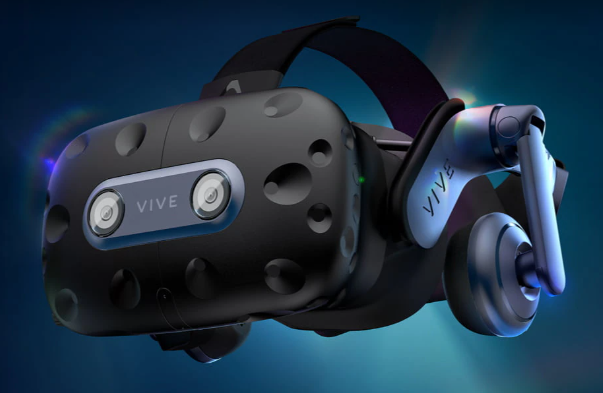
- 2448 × 2448 per eye, LCD
- 120 Hz refresh rate
- Lighthouse; 6 DOF
- Vive controllers or Index controllers
- SteamVR platform
HTC may have lost the battle in mobile smartphone manufacturing, but when it comes to VR headsets, they have some of the very best models for VR and MR enthusiasts at all levels. The HTC Vive Pro 2 is considered the best, highest‑resolution PC‑tethered VR headset, and it goes for quite a considerable price – $799 (the full kit is $1,300+).
This headset is meant for professionals and enthusiasts looking out for razor‑sharp visuals; the Vive Pro 2’s near‑4K panels per eye set an industry standard. Combined with Lighthouse tracking, it excels in design, simulation, and VR cinema. However, the steep total system cost and high PC horsepower needed to run restrict its appeal to budget-conscious buyers.
6. Pico 4 Ultra
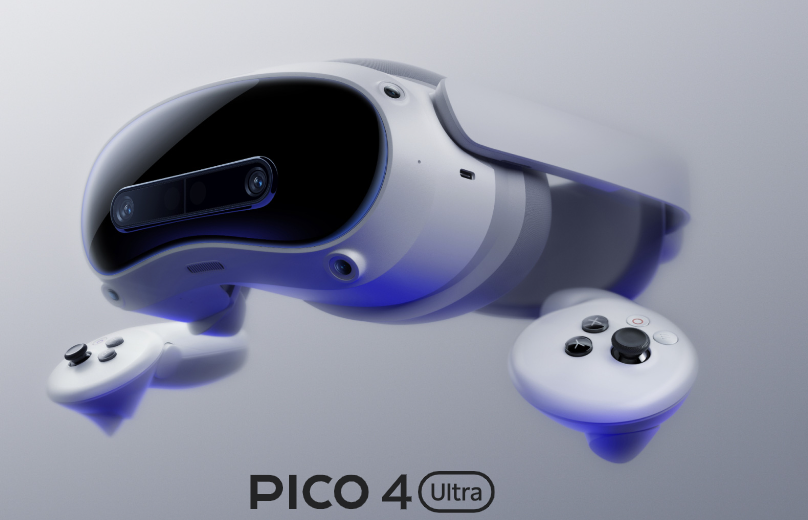
- 2160 × 2160 per eye, LCD
- Snapdragon XR2 Gen 1
- Inside‑out 6 DOF; Hand tracking
- 90Hz
- Pico OS platform
If you’re looking for a headset that combines virtual reality capabilities with mixed-reality (MR) and still offers a super-sleek appearance, then you have the Pico 4 Ultra to thank for that; this sleek headset is a VR/MR gadget positioned as a top alternative to the Meta Quest 3—especially across Europe and Asia.
Starting around €650/$699, the Pico 4 Ultra offers 2160 × 2160 pixels per eye and is powered by the revolutionary Snapdragon XR2 Gen 1 chipset. However, this headset peaks at 90Hz refresh rate—which might be a deal breaker for some hardcore enthusiasts. But then, this device offers balanced performance and a broad content library via App Lab and Steam VR.
7. Meta Quest 3S
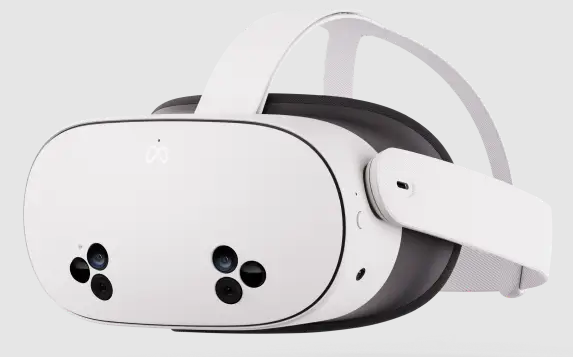
- 1832 × 1920 per eye, Fresnel LCD
- Snapdragon XR2 Gen 2
- Inside‑out 6 DOF; color passthrough
- 90Hz refresh rate
- Meta Quest OS
It’s simple, this is the lighter version of the Meta Quest 3 MR headset. So, this one starts at $299.99 and offers 1832 × 1920 per eye, Fresnel LCD, powered by the same chipset as the standard Meta Quest 3. The major differences between this model and the standard Quest 3 are the resolution pixels and field‑of‑view; the Quest 3S retains the same processor and content compatibility with the Quest 3.
8. Shiftall MeganeX SL

- 2160 × 2160 per eye, OLED
- Lighthouse (requires base stations) for tracking
- 90Hz refresh rate
- Works with Index or MeganeX Grip controllers
- Based on SteamVR
PC VRs typically deliver more power and clarity than standalone VR headsets, but they are usually bulky to set up and heavier in weight. However, Shiftall thought it wise to release a much lighter PC VR with its MeganeX SL model. This PC VR from Shiftall is lightweight and still delivers incredible power and clarity.
Starting at $2,000 for just the headset, the MeganeX SL is quite an expensive gadget. It, however, delivers 2160 × 2160 pixels per eye in OLED displays, using a peak 90Hz refresh rate. From the simple design, you won’t believe this headset can deliver as much performance as it does—it looks so simple.
9. Pimax Crystal
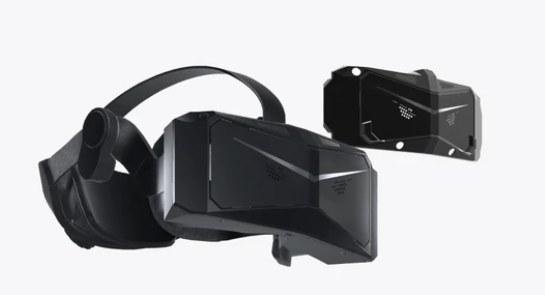
- 2880 × 2880 pixels per eye
- 35 PPD, up to 120Hz refresh rate
- Tobii eye tracking system
- 4 external Depth-of-Field cameras
It appears the Pimax Crystal is one of the best VR headsets in terms of vivid clarity; it is an ultra-clear VR headset equipped with aspheric glass lenses. As a PC VR, the Pimax Crystal leverages the graphics card and hardware components of your PC to deliver a true immersive experience. That said, you need a beefy PC to get the best out of this headset.
Although built a PC VR, the Pimax Crystal can still work as a standalone VR headset, thanks to the AIO mode, which leverages the built-in XR2 processor and 4 external depth-of-field cameras to deliver on-the-go flexibility. Well, this device is a bit expensive; it starts at $1,599.00 for the standard edition, and there are “lighter” editions.
10. Beyond2 VR
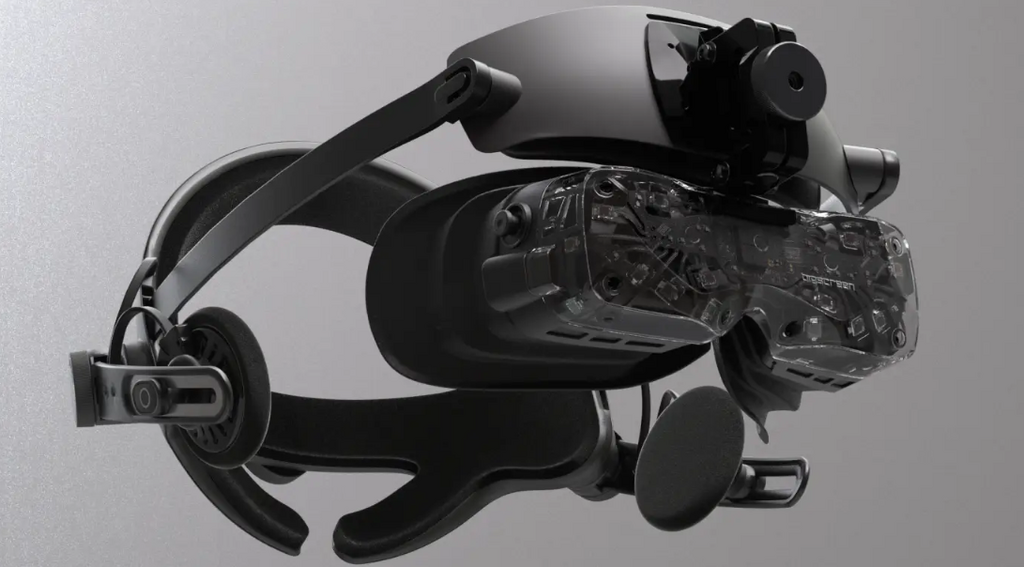
- Micro‑OLED, 4K per eye
- Custom XR chipset
- Inside‑out 6 DOF; eye & hand tracking
- Up to 120Hz refresh rate
- Powered by Beyond OS
The second edition of Beyond2 by BigScreen is another impressive VR headset for use in 2025. It boasts cutting‑edge features and is branded the lightest standalone VR headset, just as the Shiftall MeganeX SL is branded the lightest PC VR. With Beyond2, you’re getting a device that delivers true immersion with next-gen optics, edge-to-edge clarity, and a wider field of view.
Starting around $999, Bigscreen Beyond2 delivers 4k pixels per eye on a pair of Micro-OLED screens. It runs with a custom XR silicon and integrates eye/hand tracking features—kind of trying to rival the Apple Vision Pro, but at one‑third the price. Well, the limited content library and nascent platform maturity may be a deal breaker for ardent VR guys.
What More?
These are the top best VR headsets to consider buying in 2025; this list combines PC VRs and standalone headsets, so you can make a perfect choice. It is important to note that these headsets have unique platforms they run on, and as such, their content libraries differ, as well as other features.

